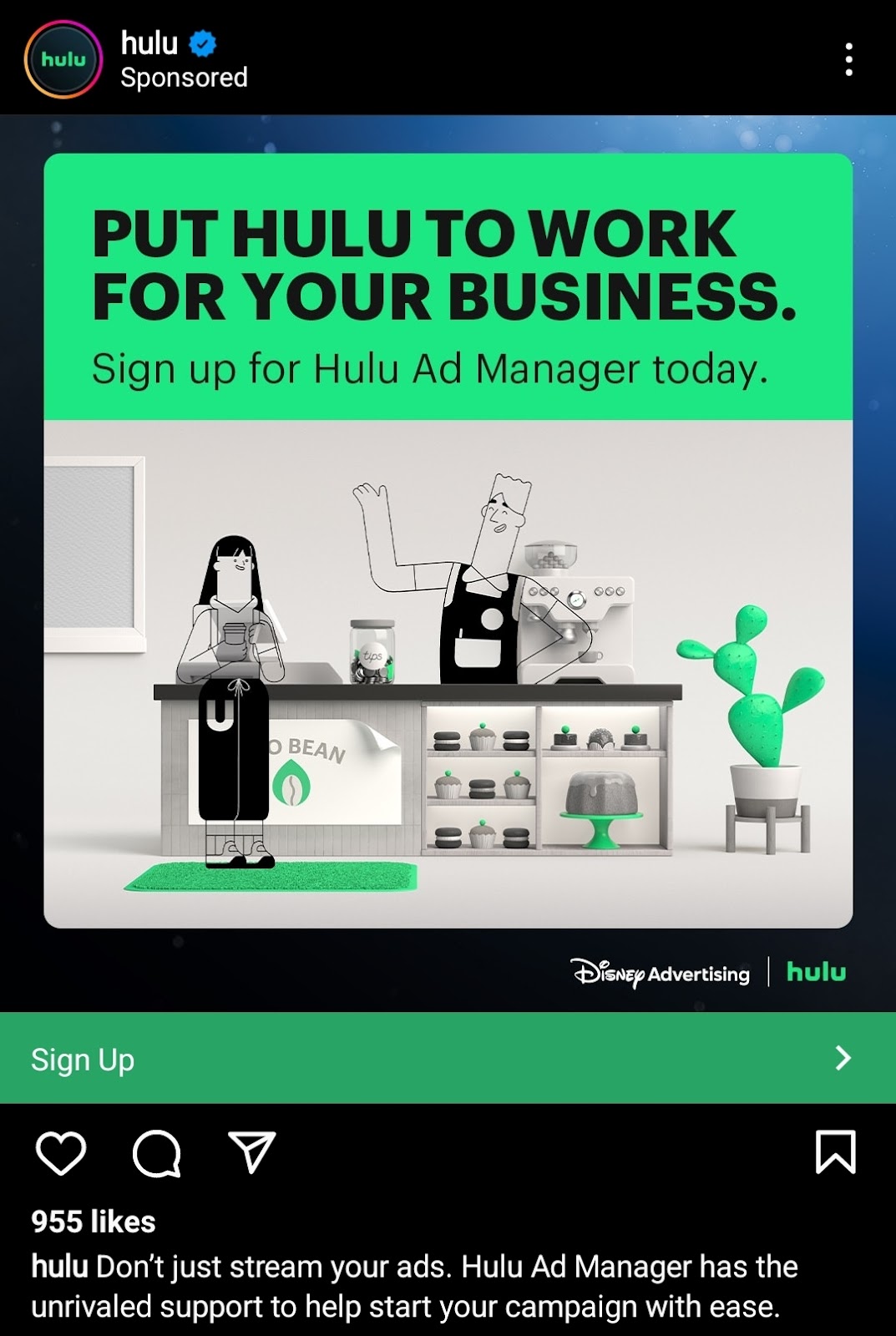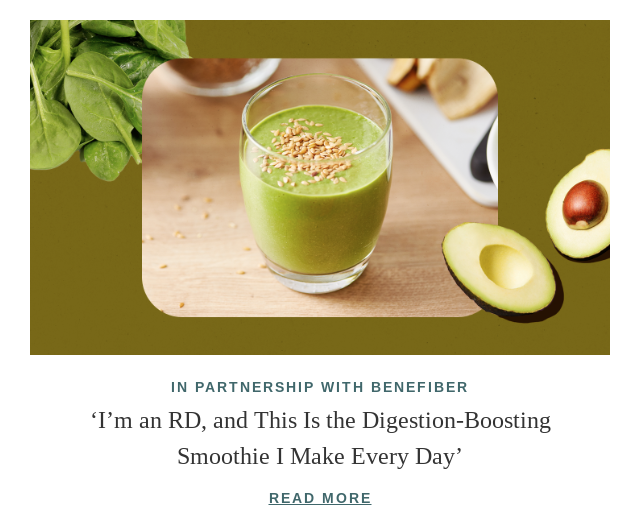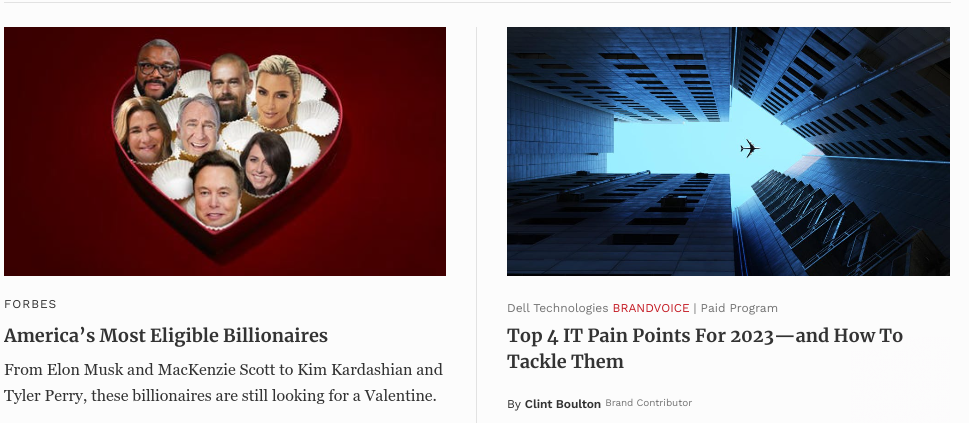If you’re considering joining the 93% of marketers who plan on developing a content marketing strategy, you’re probably wondering where to start.
The trick is finding the value in content marketing as it relates to advertising. While there are many different types of content to produce, how you use them to serve your audience will make all the difference. As a content marketing agency, we’ve seen the successes that the right content marketing strategy can do for a business.
Let’s take a look at where content and advertising converge, why it’s important and what types of content you can use.
Where Content and Advertising Align
Content marketing, advertising and content advertising are similar, but used in different ways.
Content Marketing
Content is anything your audience reads, watches or listens to that is carefully and consistently formulated to meet the needs of a specific audience. Pretty vague? Let’s break that down.
True content is prepared for an audience in the same way an intimate dinner is — everything is perfectly laid out and curated just for this specific audience. It’s the type of copy that seems to speak directly to the targeted audience member. It answers their questions clearly, formulates background information to support its claims and offers the solution they’ll need.
With the right content marketing strategy, you can create a piece of copy that’s useful across different channels to reach audience groups. From the blog post you’re reading now to the TikTok your customer just liked and shared from your page, content creation is everywhere.
Semrush found that 90% of survey respondents use content marketing as an important part of their marketing strategy.
Marketers are using content to:
- Increase their brand awareness.
- Attract more traffic to their website.
- Generate more leads.
- Increase sales and revenue.
- Improve brand loyalty and engagement.
Over time, content marketing builds trust with audiences, drives organic traffic and boosts your business’ position as an authority in your industry because it focuses on the needs of your customers. Content is an email campaign, an eBook, a video on your home page and so much more.
Advertising
Whereas content marketing attempts to connect with audiences, advertising takes a different approach. Advertising is a way to convince your customers to make a purchase. It’s the ads on YouTube before a video plays or the commercials on Spotify a customer might pay extra to avoid. However, it still holds a place in inbound marketing.
The right types of advertising media don’t come off as intrusive, and can still meet customers at their needs.
Pay-per-click (PPC) advertising is one example of traditional advertising with a modern twist — it’s not as disruptive as a popup ad, but directs a customer back to your site with a visual reminder on the side of their screen. What makes PPC so effective is that it’s an ad that runs on social media and search engine results pages (SERPs) that redirect customers to a product or service page they may have just looked at.
Advertisements are used for:
- Grabbing attention.
- Stimulating emotions.
- Instilling brand awareness.
- Pushing for a sale.
Think of advertising as the not-so-subtle way of asking your warmest prospects to make a purchase.
Content Advertising
Where these 2 worlds collide is in content advertising. Content advertising is produced to promote through paid advertising on distribution channels. Sponsored content placements at the top or bottom of a SERP are one example of content advertising.
After creating a piece of content, you can share it across platforms in different ways. A single asset could be repurposed for a few different paid mobile social media posts on Facebook, Instagram, LinkedIn or Twitter.
Content advertising is used to:
- Attract a highly targeted audience through segmentation.
- Promote a piece of content.
- Speak to a specific audience’s pain point.
- Reach new audiences.
You’ve worked hard to gain the respect and attention of your target audience, so you have to balance a fine line with content advertising. If you come off as too salesy, this can push away a customer.
Subscribe to
The Content Marketer
Get weekly insights, advice and opinions about all things digital marketing.
Thank you for subscribing to The Content Marketer!
Why Should You Focus On Content in Advertising?
Content marketing isn’t just a matter of publishing copy. High-quality content is well-researched and formulated in such a way that SERPs pick up on it. The content is specific to your audience and answers their questions directly. By putting in your due diligence, consumers are likely to gravitate more toward your brand than others.
With content advertising, you’ve researched the types of customers that interact well with your brand and will find a lot of value in what you have to say. This method involves SEO keyword research, knowing which platforms to use and when to push your content so the right people see it at the right time.
At the end of the day, though, it’s all worth the work. Content advertising can result in:
- Higher conversion: Customers noticed your content because it was placed right in front of them via their social media, SERP page, etc.
- Brand awareness: By building a reputation for your brand, more customers may become aware of your company and therefore improve your website authority.
- Loyalty and customer retention: Your highly relevant content is being advertised to a segmented audience that will resonate with your brand’s solutions.
- Increased campaign performance: Instead of relying on organic reach, your content is pushed directly to the right audiences.
Content advertising has a similar process to content marketing but with a divisive difference: Content advertising does not aim for organic traffic increases or discoverability. It is placed directly in front of customers on their preferred social channels with clear CTAs.
4 Types of Content in Advertising (With Examples)
Content in advertising can come in a variety of forms, but to give you a better idea of what forms those may look like, here are 4 types.
Search Engine Ads
Including a search engine ad at the top or bottom of the first page of a SERP can produce high results. According to Google, for every dollar spent on a SERP ad, a business generates $8 in profits. Often the heading is a bit more salesy and comes with an offer such as a free downloadable guide or in this case, a chance to plan your coffee tour:

Social Media
We’ve all seen the rise in social paid advertising as we scroll through Facebook and Instagram. As a content marketer who loves her Hulu streaming service and a good long scroll sesh on Instagram, I’m considered a fairly focused, segmented consumer group for this type of content ad:

Paid social is the perfect platform for content advertising because of its natural use of visual support, powerful targeting options and typically high ROI. According to HubSpot’s 2022 State of Marketing report, not only is social media the top marketing channel, short-form video and branded direct messaging produce the highest ROI on the medium.
Email and Partnerships
If you already have an email subscription campaign running, this is the perfect opportunity to check off 2 boxes at once. You can both promote a piece of content to a targeted email list and collaborate with a paid partner for content. Both teams win the content advertising race at the same time.
In this example, Benefiber paid Well&Good to partner for a blog and this paid email placement. After the exchange, Well&Good ran the email campaign promoting the blog they wrote on Benefiber.
Components of a Content Advertising Strategy
By now, you might be wondering what’s the difference between native advertising and content advertising.
Native advertising is a lot more subtle than content advertising. It’s meant to seamlessly integrate with content already existing on a page such as a small link to an eBook on the sidebar of your web page or in line with your blog. Below you can see how the “Top 4 IT Pain Points…” article integrates perfectly with the Forbes-written article to its left, yet the first is from a paid contributor.
To help you prepare your content advertising campaign, here are a few components of a great ad:
User Experience and Intent
The reason content advertising is effective is that it leverages the user experience and intent of reading a piece. Know the pain points your customers may be feeling that your piece of paid content will solve.
Brand Focus
Even though you’re promoting a piece of content through paid advertising and Google Ads, it should still align with your brand. Anything you produce should use the right language, colors and guidelines you’d use for all other pieces of content.
Content Distribution
The thin line between advertising and content advertising is the way you distribute content. You don’t want to discourage engagement because the ad is obnoxious or too disruptive. Knowing your audience and their preferences will help you. In the examples above, you’ll see that the content ads are presented in line with the content consumers are already taking in: a SERP page, an image ad on social media or a paid sponsorship on email.
However, you could promote your content through any paid distribution channel such as Quora, Pinterest, LinkedIn, YouTube, podcasts and so on.
What Makes a Strategy Successful?
Content is more than just noise in a void. It’s information and a call-to-action that directly supports your customers. Whether a small business or a large enterprise, dedication to meeting the needs of your customers and investing in a great content marketing strategy can serve your marketing strategies well.







